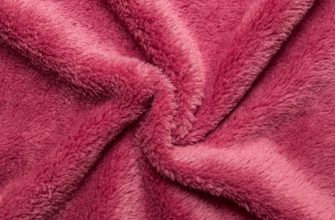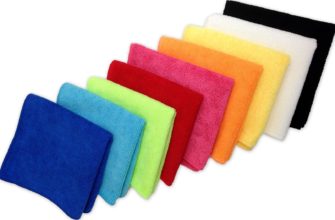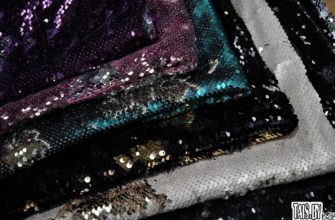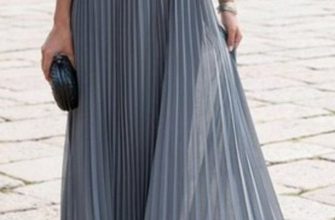Household chores are becoming a headache for a modern person who has to save time, money and energy day after day. That is why microfiber cloths are so wildly popular - faithful assistants in maintaining cleanliness in the house.
What is microfiber
Microfiber is an innovative material used for making home textiles, furniture upholstery and even outerwear. But the fabric is most widely used in the cleanliness industry in the form of cleaning wipes.

The fabric is made up of polyester and polyamides. The raw material is exposed to high temperatures and passes through an extruder in a molten state, which squeezes out the fiber, giving it the shape of a thread. After that, under the influence of cold water, it is divided into microfibers that look like stars, with microparticles at the ends. Thus, a system of many gaps is created, which ensures excellent hygroscopicity and air permeability.
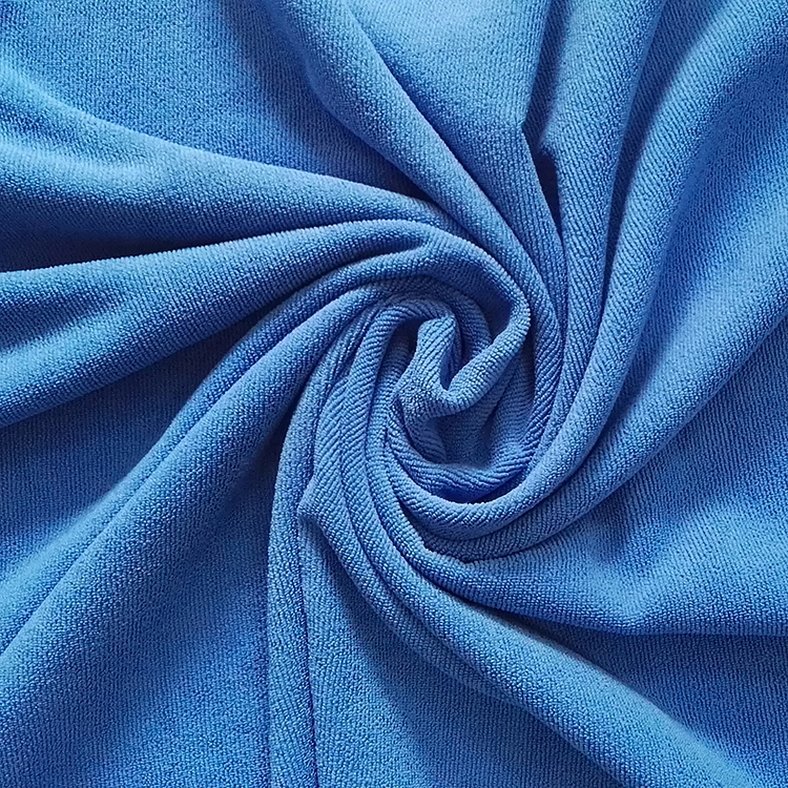
For your information! A microfiber thread with a thickness of only 0.06 microns consists of 50 to 150 microfibers interwoven together. Thanks to this, the new type of fabric absorbs everything: water, grease, dirt, “sealing” them in itself, leaving no streaks.
History of creation
Microfiber was invented in Japan in the 70s of the last century. As a result of long-term research, Japanese scientists created the first microfiber resembling suede thread (Ultra Suede). Toyohiko Hikotu together with Miyoshi Okamoto conducted a series of experiments, developed polyamide and created modern microfiber (Microfiber).
The invention was presented to the general public at an exhibition in Sweden in 1990. This date became the starting point for the new type of fabric to conquer the world market. Ten years later, mass production of the fabric began, as demand for it increased rapidly.
For your information! And to this day there is not a single full-fledged analogue.
Useful properties of microfiber
Microfiber household cloths have become a truly revolutionary product due to their extraordinary properties. Consumers value them for:
- Hygroscopicity. Due to the fact that the fabric consists of many tiny gaps, it absorbs moisture very easily. The indicators exceed other types of fabric by 300%. This allows you to save detergents, time and effort for long-term rubbing of the surface.
- Porosity. It allows it to dry quickly.
- Durability. The fabric tolerates washing very well, and with proper care can last up to five years or more than any other fabric. In addition, it looks neat even after many washes, while ordinary fabrics tear, lose elasticity and fade.
- Shape retention. Microfiber products do not lose shape, do not stretch or wrinkle, which eliminates the need for ironing.
- Breathability. Despite the fact that the fabric is ultimately dense and durable, the fabric is still breathable. This is also due to the gap system.
- Multifunctionality. The fabric can be adapted to any natural fabric. Artificial silk, fur, wool, etc. are made from microfiber. This allows for lower prices on goods and the preservation of natural resources.
- Electrification. This point can be considered a minus, but in this case it plays into the hands of the consumer. When rubbing with the surface, the fabric becomes electrified, attracting dust and dirt particles, wool, hair, which makes cleaning even more effective.
- The fabric does not scratch the surface even with increased friction. At the same time, it does not leave lint, both during dry and wet cleaning.
- Hypoallergenic composition. Many natural fabrics cause allergies in some people. In the case of synthetic fabric, this problem is excluded.

Types of microfiber cloths
Microfiber comes in two types: woven and non-woven. Non-woven fabrics are used to produce cleaning cloths, which are distinguished by the fact that they do not have interlacing of threads and consist of fibers.
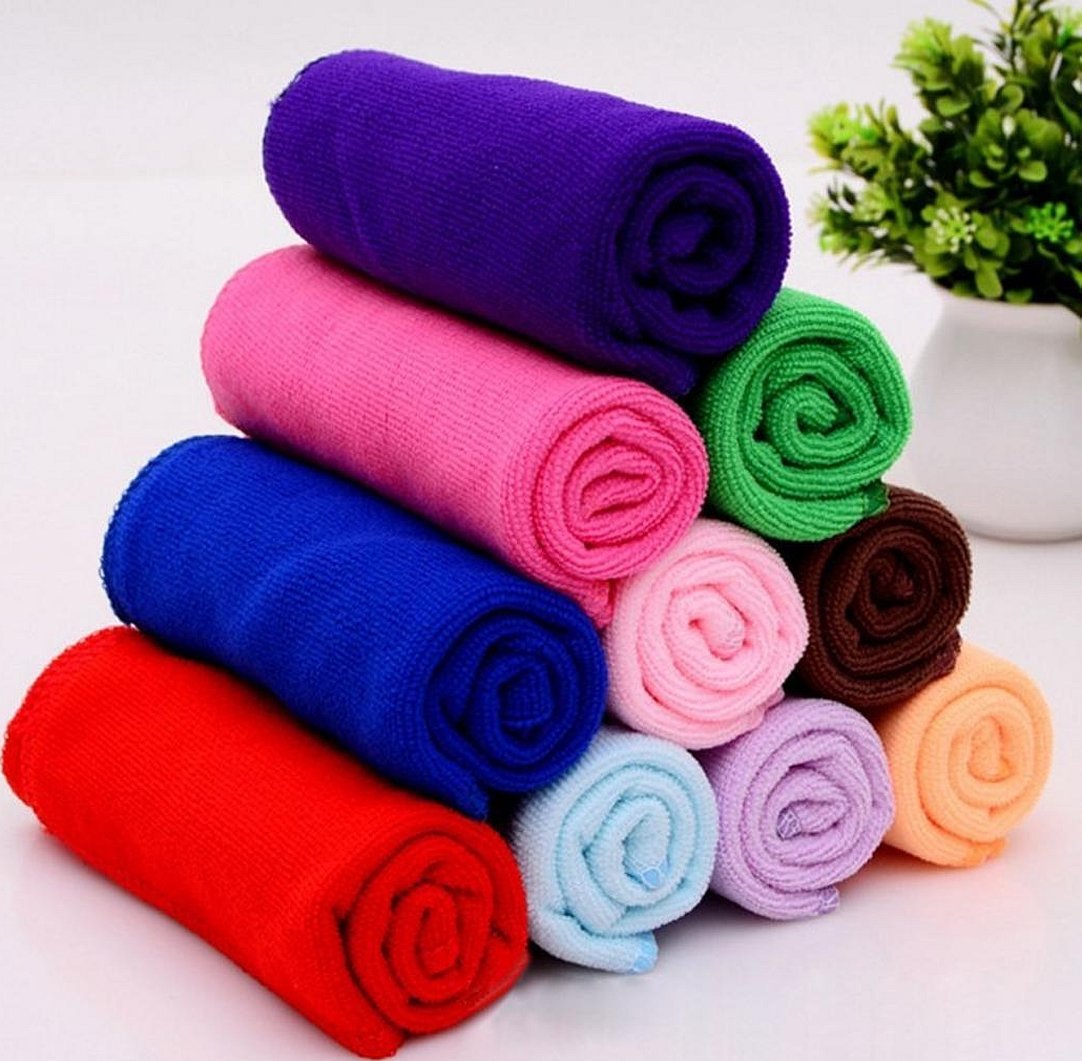
For your information! Manufacturers offer a whole range of cleaning products made from innovative materials, including household rags and napkins for caring for equipment, cars, polishing optics and other super-sensitive surfaces.
Based on the above, not all household napkins have identical characteristics. They have different density, structure and sizes. In accordance with them, their area of application is determined:
- Floor cloth. This type of cloth is characterized by its nap, suitable for both wet and dry cleaning, as it catches dust, hair and wool well, which is especially important for pet owners. Does not leave streaks. When using detergents, it allows you to save on household chemicals. Reviews of such cloths are extremely positive, since after using ordinary cotton floor cloths, which wear out very quickly, microfiber becomes a great find for housewives and not only.
- Glass cloth. This type of cloth for glass care is smooth and suitable for polishing glossy surfaces. It has a flat weave, making cleaning much faster and easier.
- A universal cloth, also known as a "loop" cloth. It has a nappy and smooth side, which makes it possible to clean any type of surface. In addition, thanks to the protruding nap, the fabric penetrates into all microcracks and scratches that are on any surface, and cleans out all the dirt.
- Optics wipes. These are those with a very delicate structure that does not scratch the glass surface. Reviews note that it copes well with traces of drops, dust and fingerprints on camera lenses, screens, monitors and even laser discs (and they, it would seem, are scratched by everything). A great helper will be a cloth for maintaining the cleanliness of the phone screen, even with dry cleaning.
Composition of microfiber cloths
There is a huge variety of microfiber cloths on the cleaning products market. The colors are very different, as the material is perfectly dyed and does not lose its saturation even with long-term use. In addition, the fabric is characterized by amazing lightness with a high density of the material. A thread one hundred meters long weighs 6 g, and the density varies from 85 to 450 g / m².
For your information! The classic version of microfiber consists of 80% polyester and 20% polyamide. But the more polyamide in the composition, the better the fabric absorbs moisture, so the improved version of microfiber consists of 70% polyester and 30% polyamide.
How to care for microfiber products
Proper washing of microfiber products can extend their service life by several years.
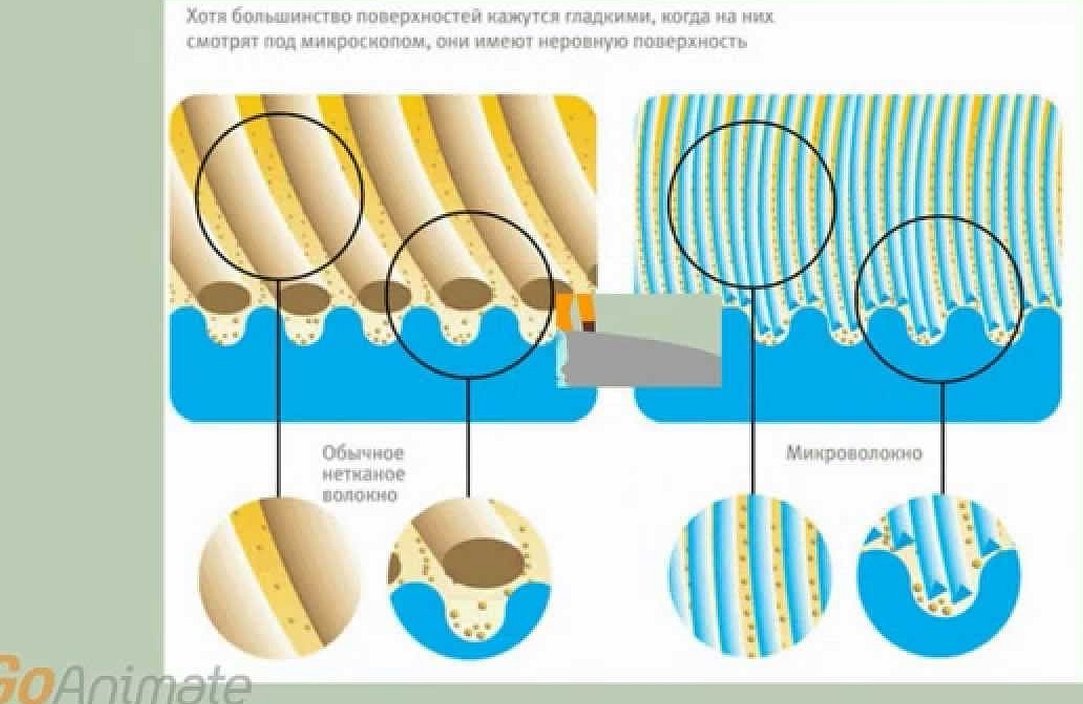
- The napkins should be washed at a temperature no higher than 60 °C without conditioners and bleaches. "Chemistry" can reduce the ability to absorb large amounts of moisture.
- In case of serious contamination, soak the fabric in a concentrated soap solution and then wash as usual.
- Drying on hot radiators or near other heating devices may damage the product.
- Ironing the product with a hot iron is also not recommended. The fibers are very sensitive to high temperatures, and therefore can deform. This disadvantage was easily compensated for by the non-creasing structure of the microfiber.
In reviews, negative emotions are often associated with cheap synthetics, which unscrupulous manufacturers pass off as microfiber. The production technology is very expensive and therefore, often in order to save money, some use low-quality raw materials. Fortunately, synthetics are easy to identify by a sharp chemical smell, while real microfiber does not smell and, moreover, does not acquire a smell later.
For your information! Also, synthetics shed and stain a lot, but if the product is original, then this problem should not exist, even if the rags are poisonous green or red. Well, and finally, the resistance of microfiber to deformation and wear does not allow cheap raw materials to compete with themselves.
Myths about microfiber cleaning cloths
Along with the prestige of microfiber cleaning products, there have arisen erroneous beliefs that often mislead users:

- When cleaning with microfiber cloths, you cannot use detergents. This is of course a myth, because nothing prevents the use of household chemicals. The fabric simply helps save 30-50% on cleaning products due to its absorbent properties.
- Microfiber cloths come with a special antibacterial impregnation. Such cloths do not exist. Microfiber removes most bacteria by sucking them into its gaps. For this reason, the fabric should be washed after use to get rid of harmful microbes.
- Microfiber cloths scratch glossy surfaces. This myth is quite common because the fabric feels prickly when it comes into contact with the skin of your hands. It seems to cling, and therefore some people worry that it can damage super-sensitive surfaces. And this is also a misconception. Research has shown that microfiber does not leave any damage even on the most delicate surfaces. Only sand or small particles of dirt that get stuck in the fabric can scratch. But proper care of the cloth will prevent this from happening.

Based on the above arguments, it is obvious that microfiber cloths are suitable for a variety of purposes: cleaning the house, washing floors, cleaning glass, car care and optics. If you choose the original product and properly care for it, it will become a faithful assistant for many years.
https://www.youtube.com/watch?v=sLMjZAvPiJY

